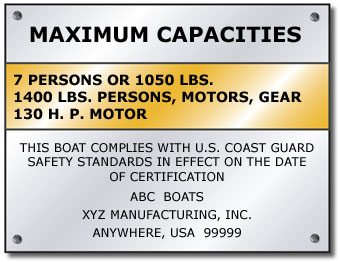
Here are some practical hints and tips to help you enjoy recreational boating and minimize your exposure to some of the hazards. This page may also include selected news about safety hazards. Much of what you see on this page is common sense, but so is safe boating…courtesy and common sense.


General Tips
When special passengers are on board, be sure and take into consideration extraordinary loads, such as the weight of an electric wheelchair or mobility scooter. These special needs items can add significant weight to your boat’s load which can affect trim and...
Wakes Hints & Tips
When anticipating meeting another boat’s wake, seat all passengers aft or amidships, away from the bow. Most serious injuries are to those seated near the bow. Be sure and warn everybody on board when approaching another boat’s wake. Passenger who are...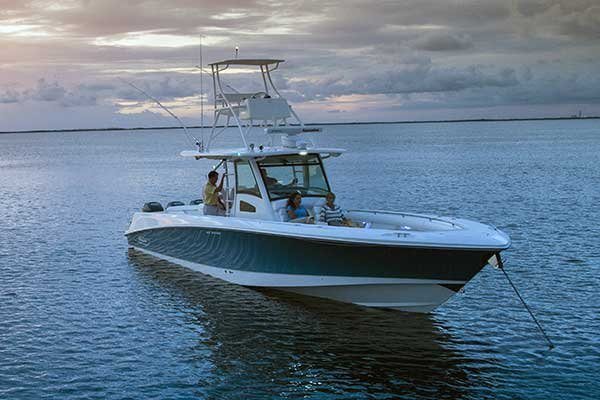
Anchoring & Ground Tackle Hints & Tips
Remember, an anchor is more than just something to hold you in place while the kids take a dip. It can be a life-saver if you get caught out in heavy weather and are in danger of being blown into a treacherous shore or reef. Don’t forget to tie off the bitter...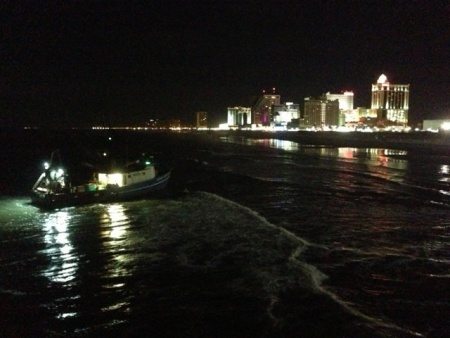
Lights & Night Boating Hints & Tips
If you’re in a powerboat at night, and see another boat’s red light and white light, but not the green light, you are generally in a “give-way” position. This means that you must slow, turn, stop, or make whatever other maneuver is necessary to...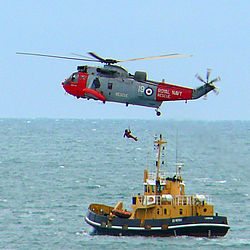
Tows, Rescues, Emergencies Hints & Tips
It makes good sense to tow another boat with a twisted nylon line of adequate size and dependable integrity, so that the stretch in the line softens any shock to the cleats on both boats. The drawback is that if the line does give way, the stretch in the line will...
Fire & Extinguishers Hints & Tips
Regulations require that Type B fire extinguishers be onboard where one or more of the following conditions are present: where there is an inboard engine where there is closed living space where there is a permanently mounted fuel tank where there are closed...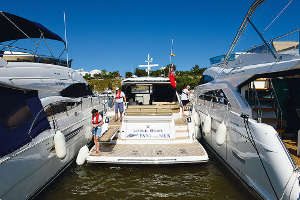
Lines, Docking & Mooring Hints & Tips
Your lines should be dry, neatly coiled, and kept out of the sun when not in use. You’ll find the life and integrity of the lines will be extended greatly if you take care of them. Nylon line is best for tying up to a pier, because it has enough stretch to...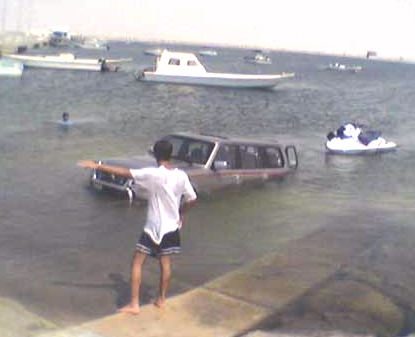
Trailering & Launching Hints & Tips
Want to minimize the chances of trouble on the road with your trailer? Then pay attention to the three main causes of roadside breakdowns…flat tires, bearing failures, and tow vehicle problems like overheating. If you maintain your tires and bearing on the...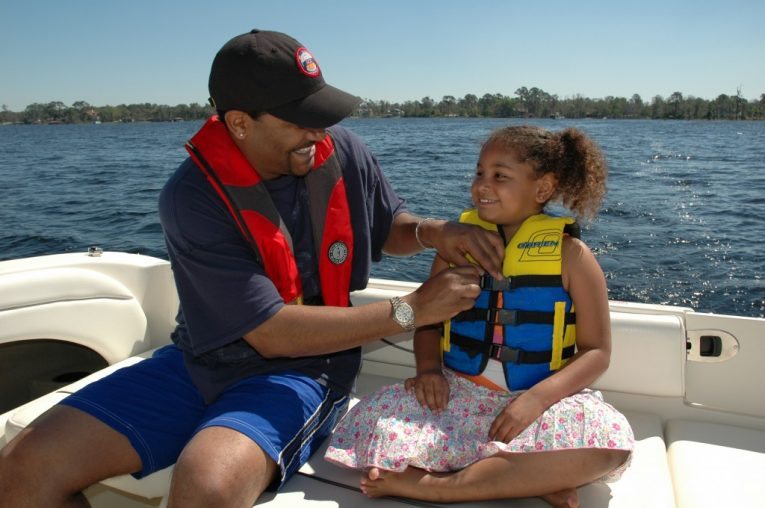
Use Your Common Sense Tips
Take a boating course from your local Power Squadron, CG Auxiliary, Red Cross, or State agency. Each year statistics show that less than 10% of the victims of fatal boating accidents were known to have taken any kind of formal boating course. Statistically, the...
Fuel & Fueling Hints & Tips
NATIONAL FIRE PROTECTION ASSOCIATION FUELING PROCEDURES Before Fueling 1. Stop all engines and auxiliaries. 2. Shut off all electricity, open flames, and heat sources. 3. Check bilges for fuel vapors. 4. Extinguish all smoking materials. 5. Close all fittings and...
Boat Handling Hints & Tips
Become familiar with the handling characteristics of your boat. Most motorboats don’t steer very well when they lose power, and current and wind can make it even more difficult. So try and keep “way on” and your boat in motion when maneuvering in...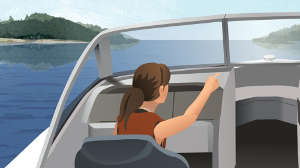
Boat & Propeller Impact Prevention Hints & Tips
Recreational vessels less than 26 feet long account for 80% of the underwater impact injuries in which people in the water are struck by a boat or its propeller. Here are some tips to help prevent this from happening to you or someone you know: Always maintain a...
Personal Flotation Devices Hints & Tips
Always look for the Coast Guard approval number on any PFD you purchase. Try on your PFD to see if it fits comfortably snug. Then test it in shallow water to see how it handles. To check the buoyancy of your PFD in the water, relax your body and let your head tilt...
Shore Power & Electrical Hints & Tips
All shore power cords should be rated suitable for Marine Use, or better still, “UL-Marine” listed for marine shore power applications. Never use ordinary “outdoor use” extension cords to provide electrical shore power to the boat or any...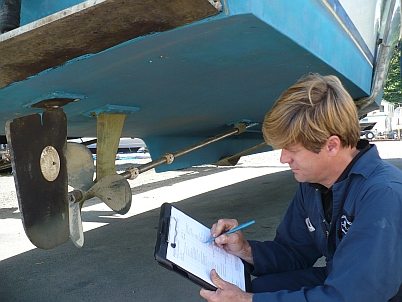
Boats & Equipment Hints & Tips
Call your nearest Coast Guard Auxiliary or Power Squadron unit and ask them for a free, comprehensive Vessel Safety Check. They’ll look over all your equipment to make sure that you meet State and Federal safety requirements, and give you lots of good ideas on...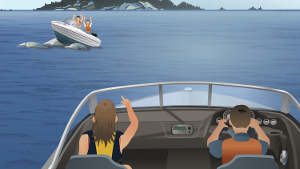
Cool Estimation Techniques & Tips
Estimating Distances to Horizontal Objects – To make a quick estimate of distance, extend your arm straight out in the direction of the object, and stick your thumb up. Close one eye and line up one side of your thumb with the object (another boat or a building,...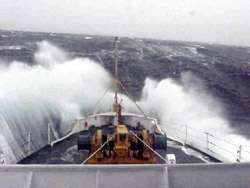
Weather Tips
If caught in heavy weather, make sure everyone on board is wearing a life jacket. If offshore, jot down your current location. Reduce speed, secure all loose objects and rigging on deck, close or cover all hatches and openings, and put on a PFD. Also, make sure...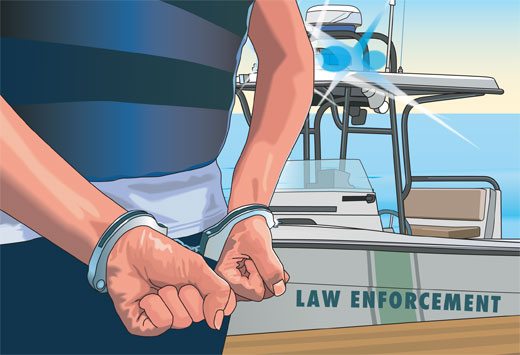
Boaters & Alcohol Tips
Most boaters understand the risks involved when someone drinks alcohol and gets behind the helm. But what happens if an inebriated boating guest is injured or even dies? The startling answer lies in May 2005 issue of Seaworthy, the damage avoidance magazine from...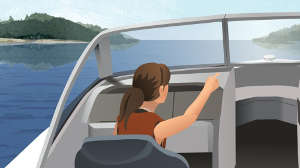
Rules of the Road Hints & Tips
Although there is no such thing as a “right-of-way” in boating, there are written rules which specify who has certain “privilege” in meeting, crossing, or overtaking situations on the water. These “Rules of the Road”, or NavRules or...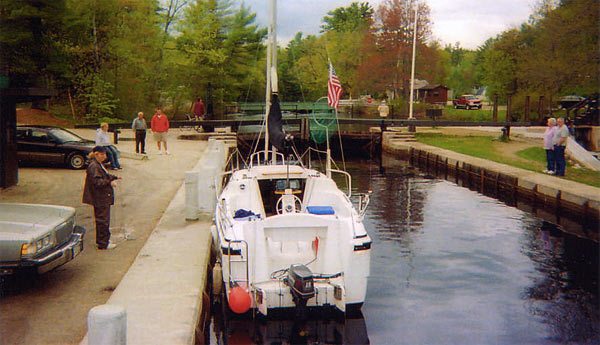
Locks & Locking Through Hints & Tips
When locking through, always follow the directions of the lockmaster. He or she probably has far more experience than you do in matters of lock space management, hydraulics, and conditions affecting safe and efficient lockage. Before entering the lock, all passengers...
